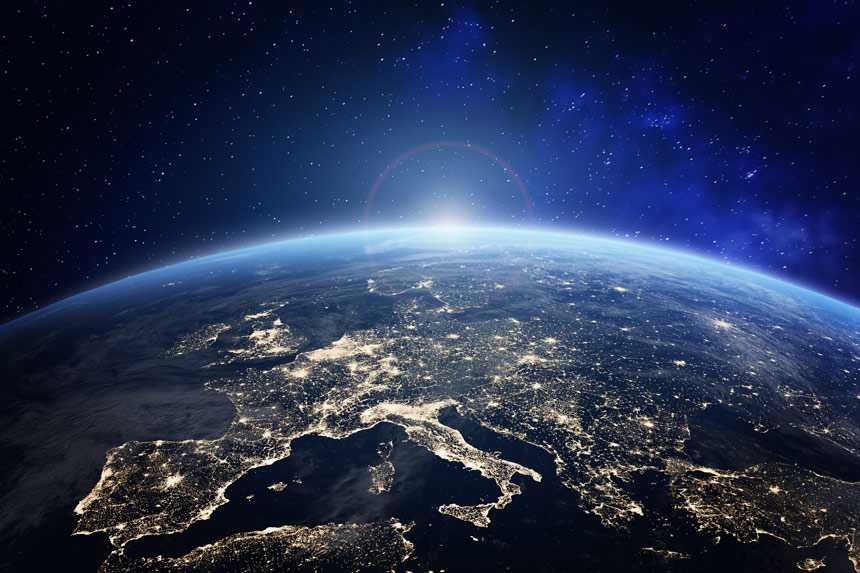

On 7 February 2023, the European Chemicals Agency (ECHA) published its long-awaited restriction proposal on per- and polyfluoroalkyl substances (PFAS). Following years of controversy, the proposal sets out the pathway for the EU to ban the production and import of the family of over 10,000 persistent chemicals. While championed by civil society groups, the restriction will have major impacts on dozens of industries such as textiles, consumer cookware, and medical devices, requiring the substances to be substituted in thousands of goods or face having the goods removed from the market entirely.
The proposal was submitted under the EU’s Registration, Evaluation, Authorization, and Restriction of Chemicals Regulation (REACH) by the Netherlands, Germany, Sweden, Denmark and Norway, and must now undergo the REACH restriction process: a lengthy, difficult procedure with many stakeholders involved, which will only conclude by 2025 at the earliest.
What are PFAS?
PFAS are thousands of chemicals with widely varying properties, characterized by their durability and persistence. Common uses include stain resistant or water-resistant coatings and non-stick cookware, but some fluorinated substances also play critical roles in semiconductors, solar panels, or medical devices. Many PFAS have serious health and environmental concerns, but many substances in the family have very different properties and risks. Some subgroups of PFAS, such as fluoropolymers, pose minimal risk to human health, while other substances have well understood negative impacts on health.
Their durability, such as in weatherproofing or industrial applications, is the primary reason they are used, but this durability also makes them highly persistent once released into the environment. Ultimately, the difficulty in removing them from the environment once released is one of the primary motivating factors in restricting the entire family.
Why was it proposed?
There have been multiple PFAS contamination scandals across the EU, as well as globally. As scientific equipment has improved, tests have increasingly found the substances in almost all natural environments, in food, and even in blood samples of most people. Rather than approach the substances one-by-one, with the possibility that PFAS with unknown risk will simply substitute banned ones, several EU countries concluded that a complete ban of the entire PFAS family is necessary.
Substances in scope and industries impacted
The proposal will effectively ban all forms of PFAS currently in use, apart from active ingredients in medicines, pesticides, and biocidal substances. Though some the bans will come into effect over a gradual period, no exemptions will be made even for uses for which there is no currently known alternative. PFAS is broadly defined for the restriction, covering substances contain at least one fluorinated methyl (CF3-) or methylene (-CF2-) carbon atom. Notably, this means that substances previously not considered to be PFAS, such as PTFE (more commonly known as Teflon®) or f-gases (used in refrigerants), will be covered by the ban. The ban will come into force 18 months after the entry into force of the restriction, with longer exemption periods for certain uses without available alternatives.
The widespread use of PFAS means that a significant number of companies will face major disruptions across a wide range of industries. Textiles, food contact materials, cosmetics, medical devices, semiconductors, and other industries use PFAS in their products. Moreover, many products that do not contain PFAS are produced using machines or industrial processes that rely on these substances, so many sectors may not be aware of how they will be impacted. Every single one of these uses will have to be replaced with alternatives or risk the products being banned from the market.
Some industries have derogations, or exemptions to the primary ban 18 months after the entry into force. These industries either cannot transition anytime soon because of a lack of alternatives, or because they will simply require more time to do so. At maximum, certain uses will receive a 12-year exemption, though most are far shorter.
Politics or science?
Some stakeholders argue that this proposal is supported more by politics rather than science. While many PFAS are dangerous to the environment and human health, a blanket ban such as the one proposed does not take into account essential uses, the variations in the subgroups of PFAS, or the disruptions of supply chains and the green and digital transitions. It also fails to account for the needed transition periods that many industries require if they are to remain competitive against companies operating outside of the EU.
The chemicals industry and other groups that rely on PFAS have had muted reactions so far. Some have welcomed the proposal but warned that it contains restrictions that prevent some essential uses of PFAS. Meanwhile, environmental and consumer groups support the proposed restriction and complete ban.
EU Member States which have been impacted by PFAS contamination will likely come out in support of the restriction, while those with industrial interests may take a qualified view. While the process will drag on for several years to come, it may already have another intended effect: serving as a template to be adopted well outside of the EU. Regulators have set out their intended path, and industry must decide whether to go along or try to push back.


